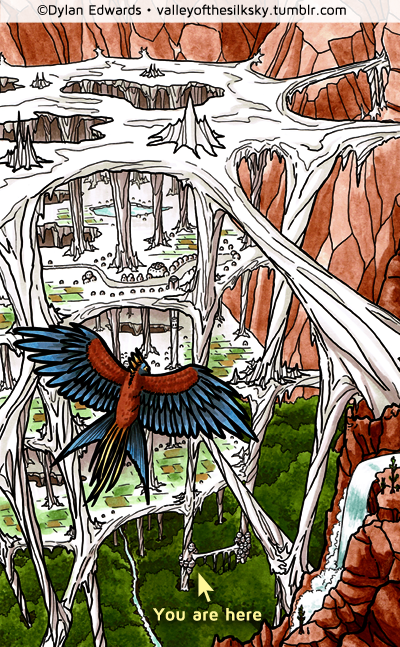 The web structure that spans almost the entire length and breadth of the valley is a country known as Pocalo.
The web structure that spans almost the entire length and breadth of the valley is a country known as Pocalo.
Each level of the web structure is a separate province, and each province has its own distinct flora and fauna, culture, dialect, food, and so forth. There are elevators connecting the provinces that allow for travel up and down.
Muru is the third tier of the lower provinces, making it the topmost province that is still in direct contact with the ground. Muru is a bit of a rough place to make a go of things, as there are a number of predators roaming about who view humans as a tasty snack. The porous nature of Muru’s borders means that people can come and go as they please, making it a desirable location for those who wish to operate outside the law.
Most settlements in Muru are built high off the ground due to the aforementioned predators and bandits. Because much of the interior is in the shadow cast by the upper provinces, almost all major settlements in Muru are found around the outer edges. The city the arrow is pointing to is Duvane, an outpost town that is not at all flashy, but a good spot to head to if you have goods to sell or trade.
Despite being rough and difficult to navigate, Muru forms a cornerstone of the Pocali economy. It is home to many rare flora and fauna which are used to make medicines. The majority of runners spend at least some of their time foraging in Muru.

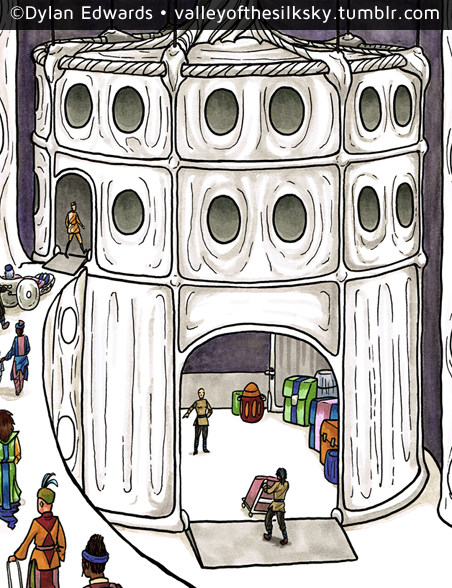 The tiered structure of Pocalo makes travel from one province to the next a challenge, unless you can hop on an elevator. Large elevators, like the one pictured here, are designed to carry a great deal of freight and several passengers (it seats around 150 people, so about the same as a medium-sized commercial airplane) among multiple provinces.
The tiered structure of Pocalo makes travel from one province to the next a challenge, unless you can hop on an elevator. Large elevators, like the one pictured here, are designed to carry a great deal of freight and several passengers (it seats around 150 people, so about the same as a medium-sized commercial airplane) among multiple provinces.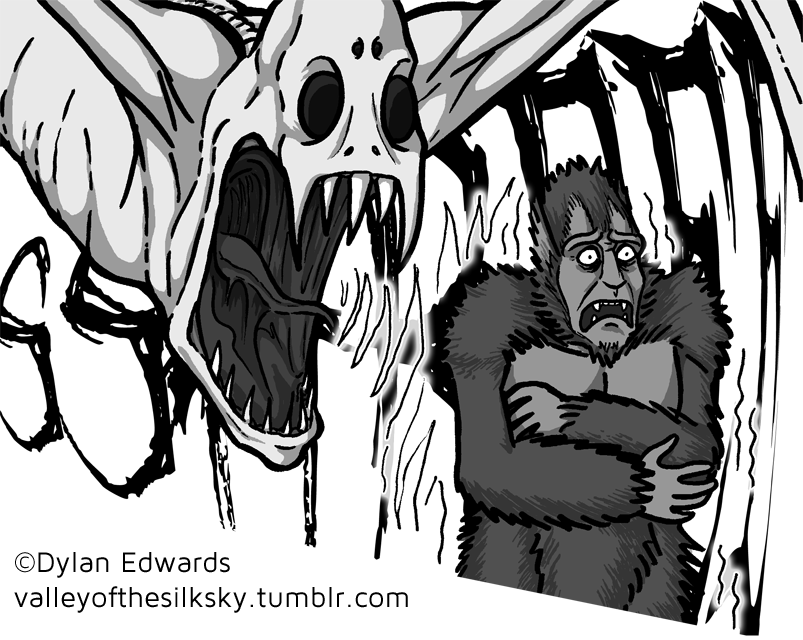 Shriekers are one of the largest predators in the Valley. They are typically found where forests meet open space, and typically prey on herd animals of various sorts.
Shriekers are one of the largest predators in the Valley. They are typically found where forests meet open space, and typically prey on herd animals of various sorts.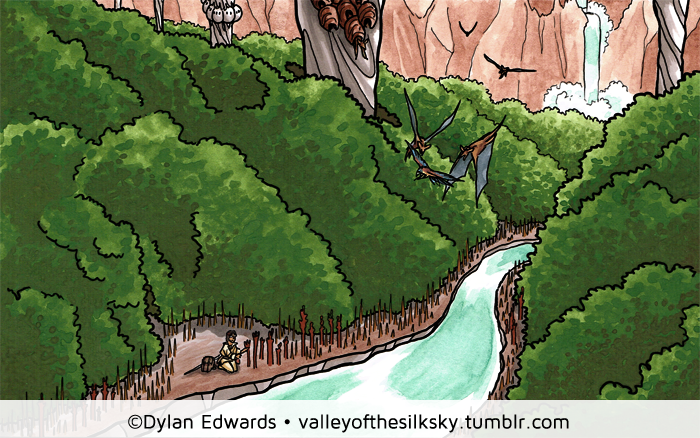
 The unusual geography of the Valley makes it a host to countless microclimates, which in turn means there’s a whole bunch of rare flora, many of which may only be found in one small area.
The unusual geography of the Valley makes it a host to countless microclimates, which in turn means there’s a whole bunch of rare flora, many of which may only be found in one small area.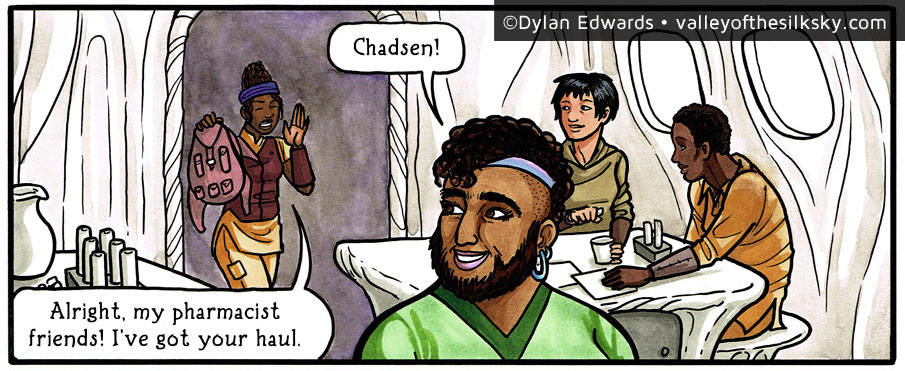
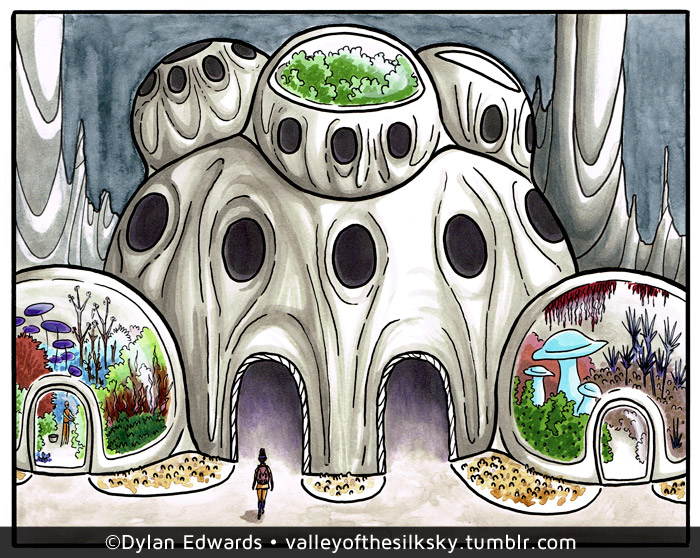 Botanists are always looking for species that can be domesticated and grown on demand to reduce production costs. Places like the Pharmaceutical Research Center in Uttara City typically have greenhouses that cultivate whatever useful species can be grown in the area. The modular nature of the building helps prevent unwanted cross-pollination of the plants being cultivated, or escape by potentially invasive species.
Botanists are always looking for species that can be domesticated and grown on demand to reduce production costs. Places like the Pharmaceutical Research Center in Uttara City typically have greenhouses that cultivate whatever useful species can be grown in the area. The modular nature of the building helps prevent unwanted cross-pollination of the plants being cultivated, or escape by potentially invasive species.